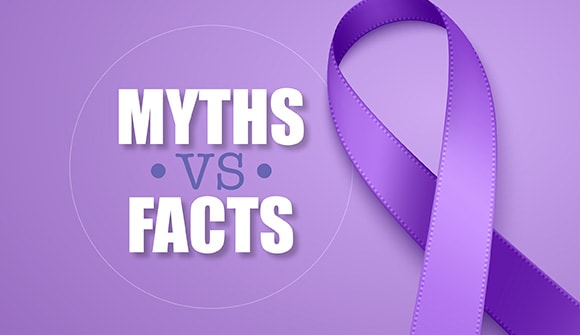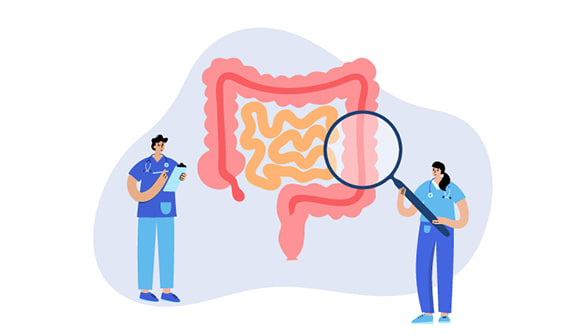Distraction tactics
Managing pain during cancer treatment.
Article Author: Guest Columnist
Article Date:

Our guest columnist is Alicia Laconich, PhD, a licensed psychologist and clinical neuropsychologist with Baptist Behavioral Health.
Treatment for cancer can be long and intense, taking a large toll on both the body and mind. Pain is one of the most feared and debilitating symptoms for people with cancer and it can significantly affect their daily lives. It’s associated with sleep disorders, loneliness and loss of appetite, and can also cause anxiety, depression and reduced activity.
Making matters worse, studies show about half of cancer patients suffer from uncontrolled pain, even after medication or other therapy.
Shifting focus: distracting from pain
Many treatment options are available for pain, including both medication and non-medicinal practices; the combination of both is usually the best plan. It’s important to emphasize that, although medications are very effective in reducing pain, they often make people feel weak, drowsy or nauseous.
Alternative options don’t replace pain-relieving drugs but rather supplement them to help with the mental aspects of pain associated with cancer and treatment.
Distraction is a common low-cost, noninvasive strategy for coping with pain, a. Clinically known as “distraction hypoalgesia,” the practice shifts focus to enjoyable physical sensations or challenging mental activities resulting in less attention to pain.
People who are interested in this practice should contact mental health provider specializing in pain for guidance.
Three types of distraction
Distraction for pain management falls into three basic categories:
- Physical/sensorial. Stimulate the senses: touch, sight, hearing, taste and smell. For example, you could gently rub a part of the body unrelated to the pain, or touch an object and explore its temperature, texture and size. Some people find it helpful to smell a favorite scent or focus on something in the environment by describing it in detail.
- Cognitive. Activate your attention, memory and language skills. Potentially helpful tasks include counting backward, reading aloud or doing a word or math puzzle. The more challenging (and fun!) for the person, the greater the distraction from the pain.
- Behavioral. Get moving. Make a conscious effort to distract yourself using physical activity like going for a walk, counting steps, picking up the phone to call a friend or cooking a favorite recipe.
The more you enjoy the activity, the better the distraction from pain! It’s especially important for people undergoing cancer treatment to lean on loved ones, so find something you can do together.
To learn more about cancer treatment options and support services offered through Baptist MD Anderson Cancer Center, call 1.844.632.2278.




